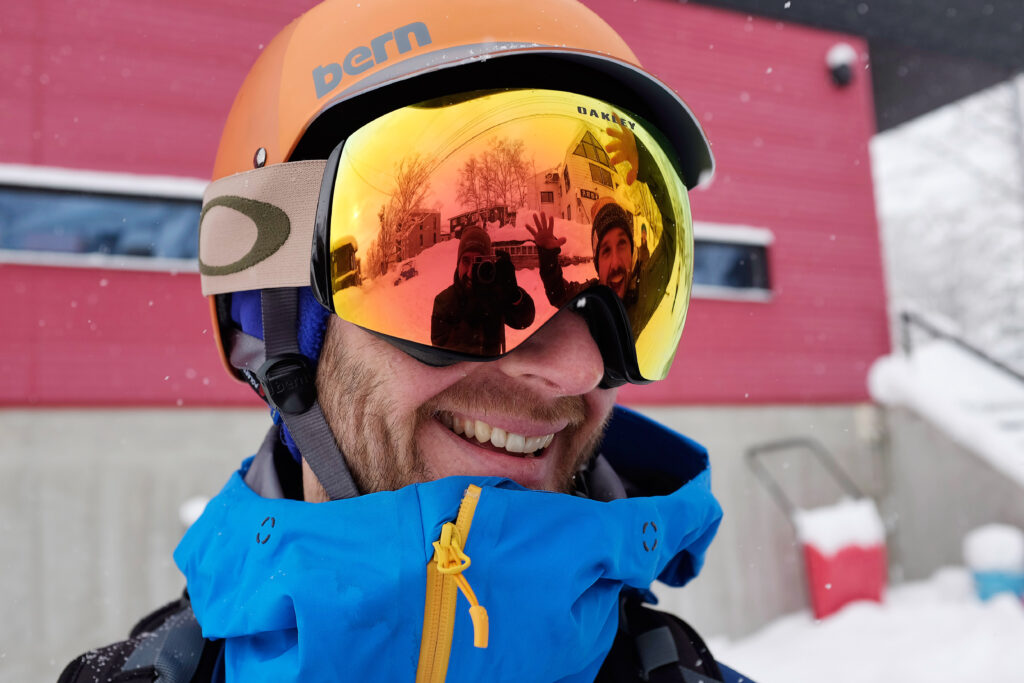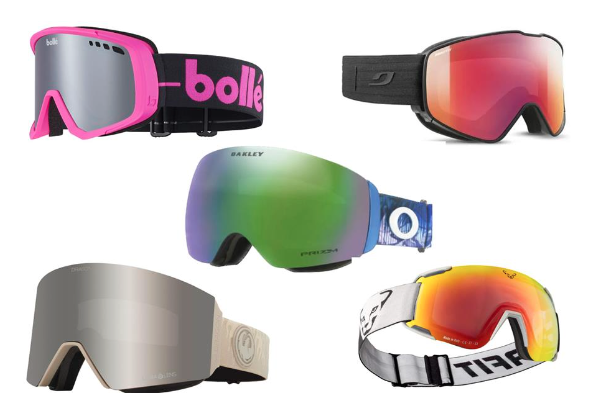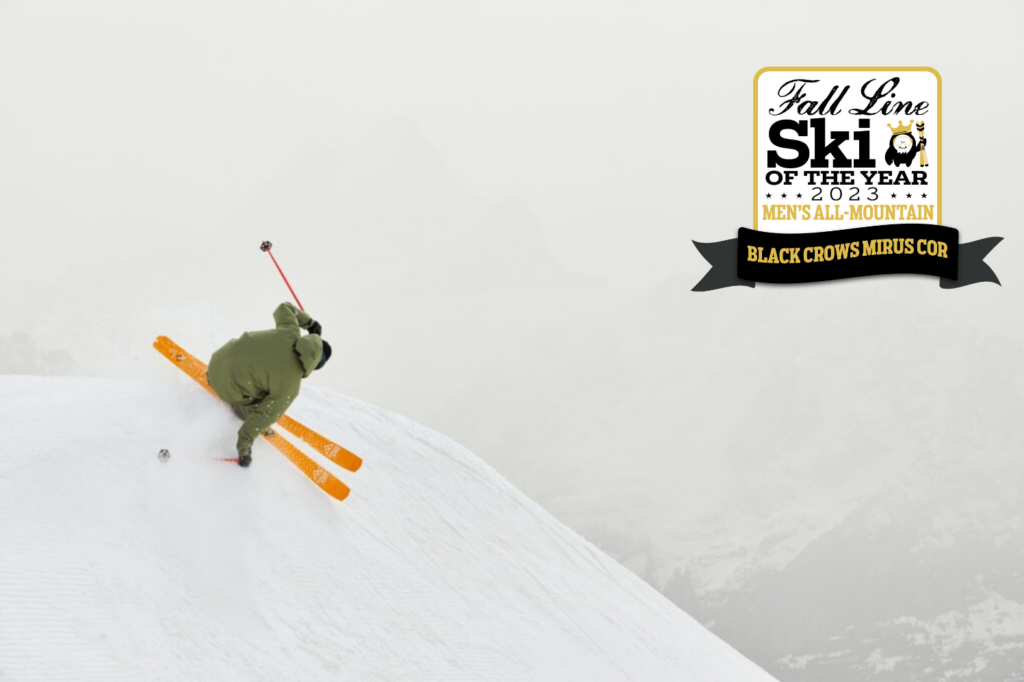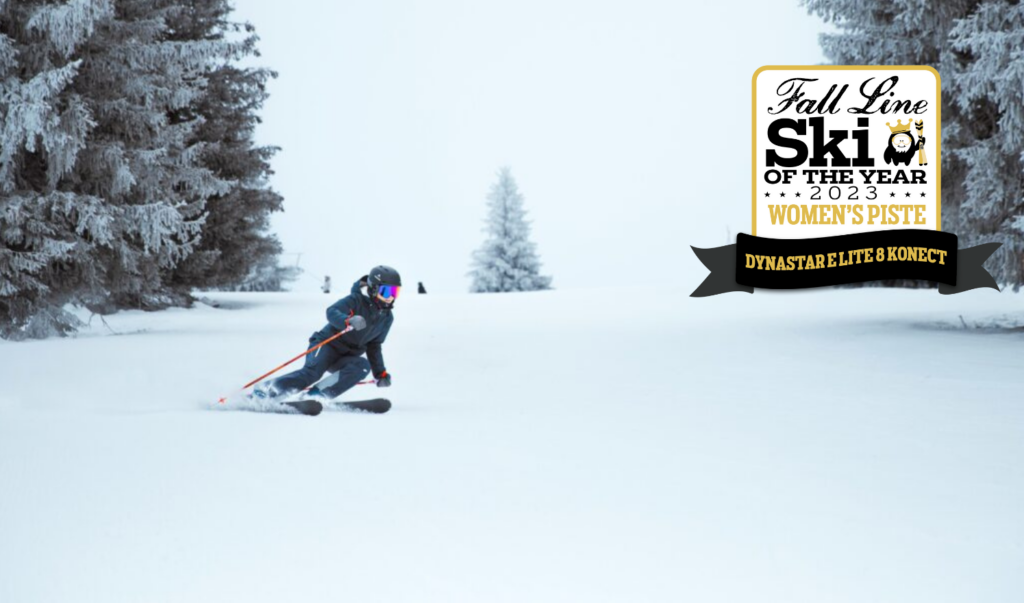It doesn’t matter how good your equipment is if you can’t see where you’re going! So go to your local ski shop and get some goggles on your head, and if you have a helmet don’t be afraid to take it with you. Having a good seal from the face foam will allow the goggles’ double lens to do its job more effectively. These foams are often made of more than one layer to provide a weather-tight seal and prevent steaming up. Make sure they’re not pinching on the bridge of your nose and, once you’re happy with the fit and comfort, it’s time to choose the right lens tech to suit the conditions.
THINGS TO CONSIDER
❄ Face fit
Press your goggles onto your face without the strap. If the connection feels solid chances are they’re good to go. Snug but not too tight please, and definitely no pressure points.
❄ Comfort with your helmet
Trying your goggles in combination with your lid will give you the most accurate picture of how it will all feel.
❄ Venting check
While you’ve got your helmet on, check whether it blocks any of your goggle vents. Nobody wants foggy goggles…
❄ Lens focus
Make sure you have the right lens for the conditions. Interchangeable or fixed? Mirrored, polarised or photochromic? Talk to an expert at your local retailer to help you decide.
❄ Field of vision
‘Flat’ cylindrical lenses have improved massively over the last few years and can offer great value.
Spherical lenses curve horizontally and vertically, so provide max field of view for a larger outlay. Toric lenses are kind of like spherical ones except with less of a bug-eye look.
❄ Glasses wearers
Go for OTG (over-the-glasses) models and try your specs/goggle/helmet combo in the shop.





